Algorithmic Facade
An Algorithmic Framework for Facade Design
Inês Alexandra do Côrro Caetano
Thesis to obtain the Master of Science Degree in Architecture
June 2015
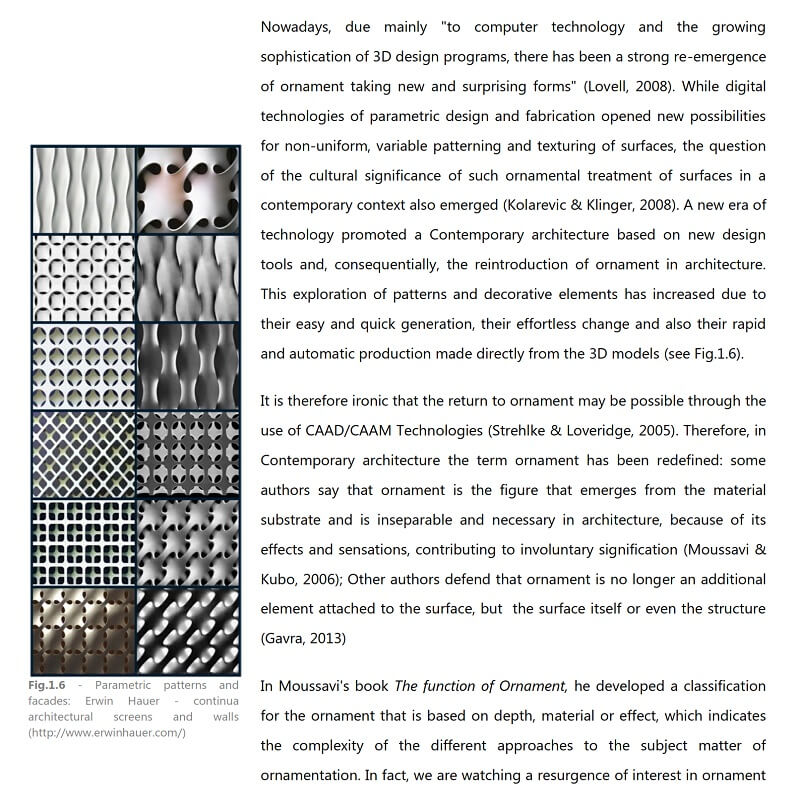
The history of Architecture provides many examples of styles that were adopted, rejected, and then re- adopted in a similar or changed form. Before Modernism, buildings’ facades were the canvas where architectural style was celebrated. However, with the birth of Modernism, and its hygienic and austere aesthetic, composing a facade was an architectural task that lost some of its prestige.
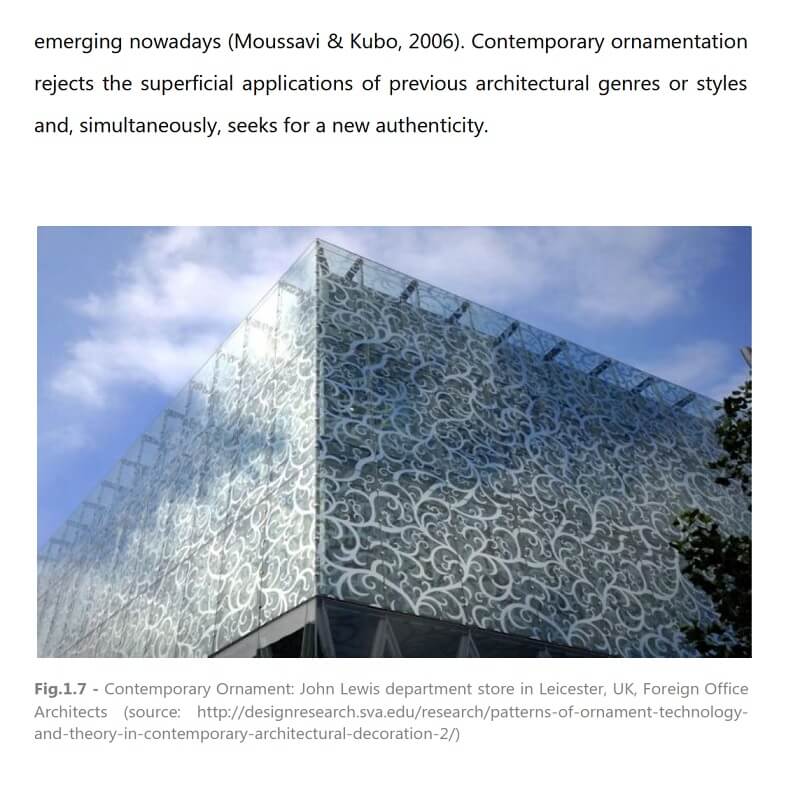
After Modernism (or since Post-modernism), we witness an increasing interest in facade composition and, nowadays, designing a facade is reassuming an important role in architecture practice due, in part, to the support of digital technologies.
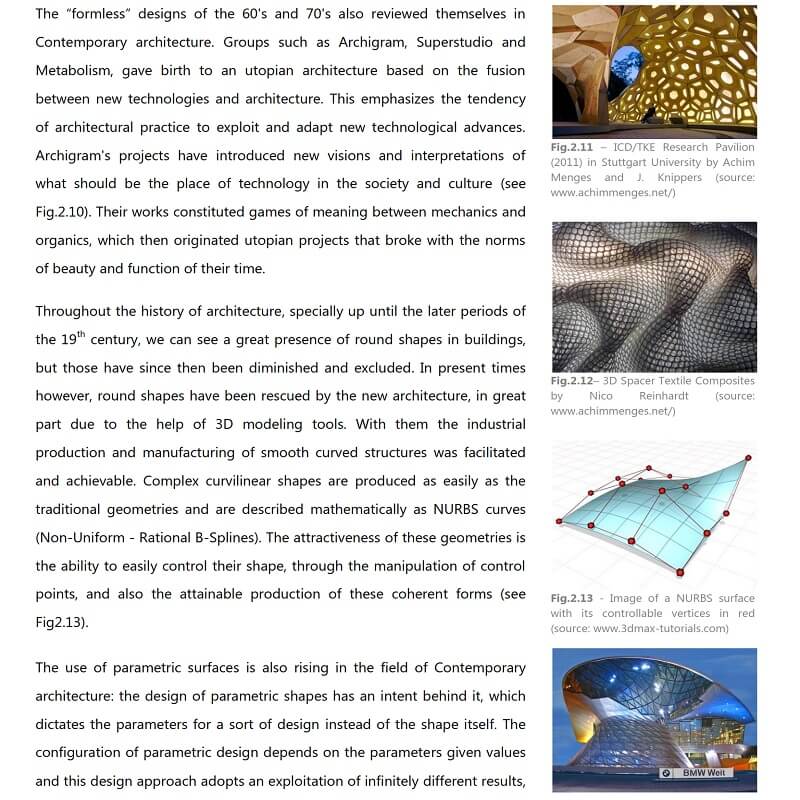
This dissertation by Inês Alexandra do Côrro Caetano discusses the development of a framework for the design of facades. This work started with an analysis of a large corpus of contemporary facades, which were classified into different categorical dimensions that author considered computationally relevant. This classification generates a multi-dimensional space where the parts of a facade can be located.
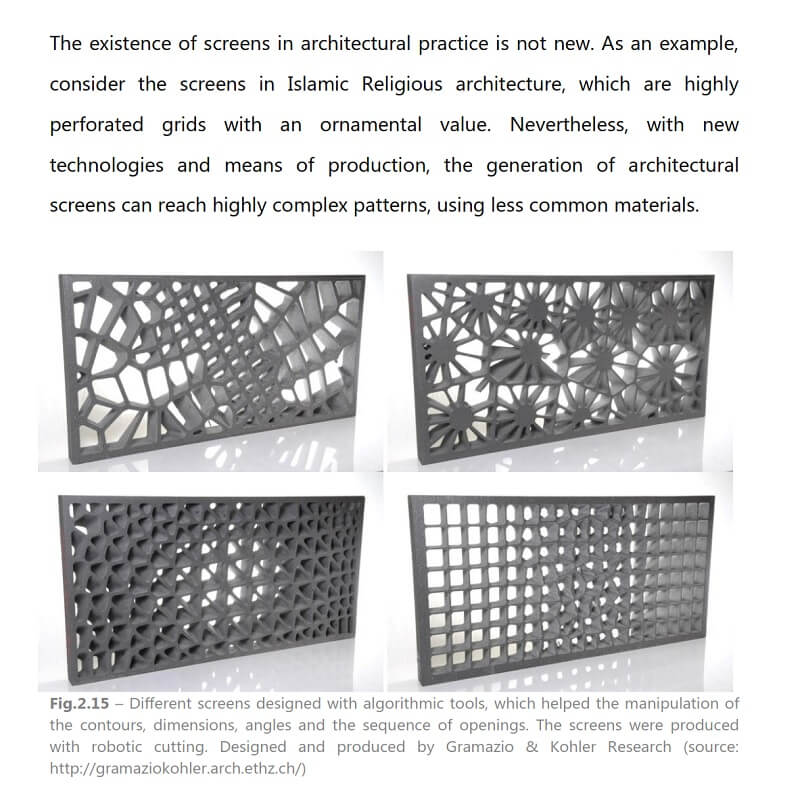
The important result of this work comes, then, from the identification and implementation of a set of fundamental algorithms and strategies that address the needs of the different dimensions of this space. Some of the locations in this multi-dimensional space can use a specific computing approach that is adequate for the creation of the designs that match the intended facade.
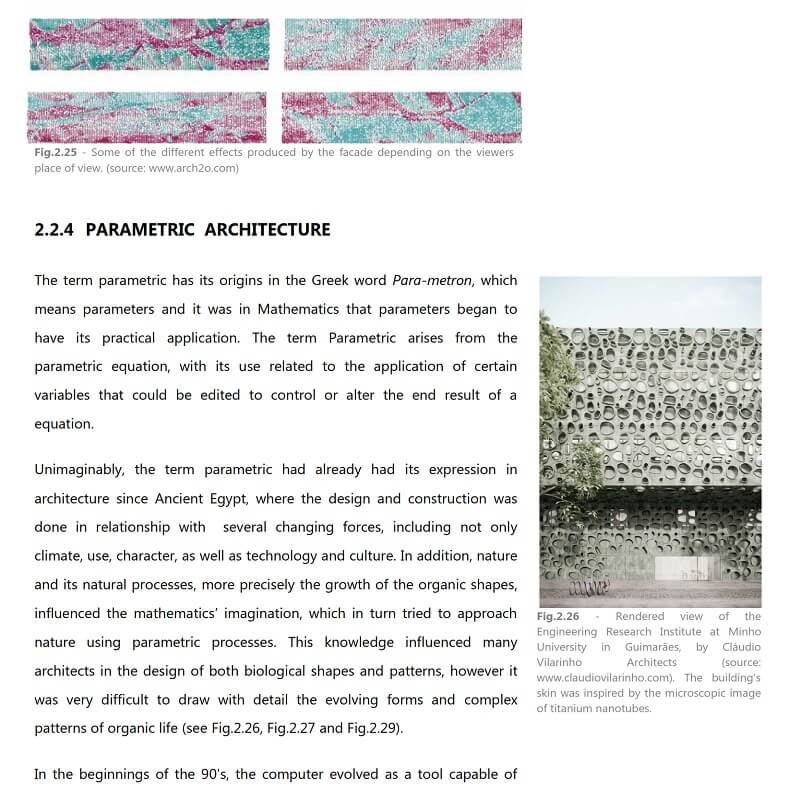
Other locations, representing less common kinds of facades, might not have a specific computational solution, but this experience shows that is possible, using the range of tools that author developed, to quickly implement the particular solution required by that facade.
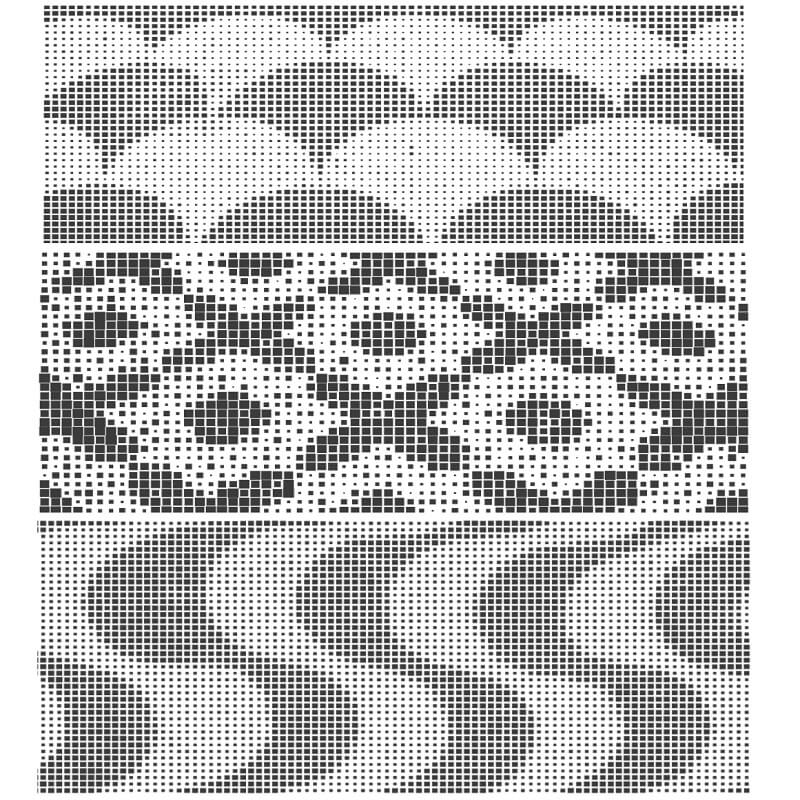
In practical terms, the end result of this research is a library of operators usable in different programming languages and a set of guidelines that helps a designer select and combine the most useful operators to implement a design for a particular facade. Some of these operators are implemented as higher-order functions, making them applicable to a wide variety of problems.
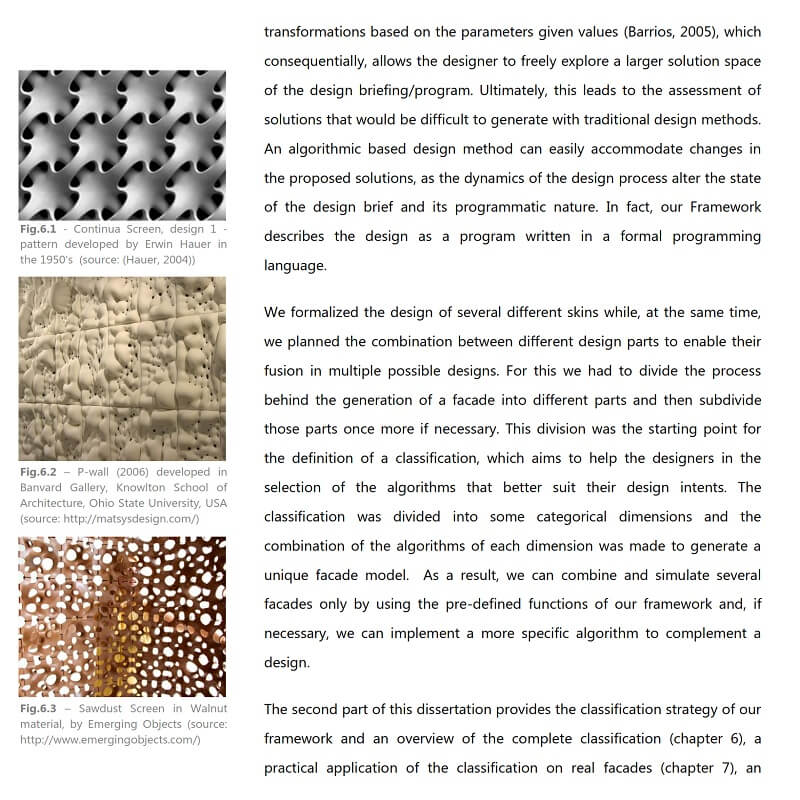
This work is implemented using Rosetta, a programming environment for generative design, allowing us to explore the generation of facades in common CAD applications, thus promoting the integration of the generative design approach in the more traditional working environment.
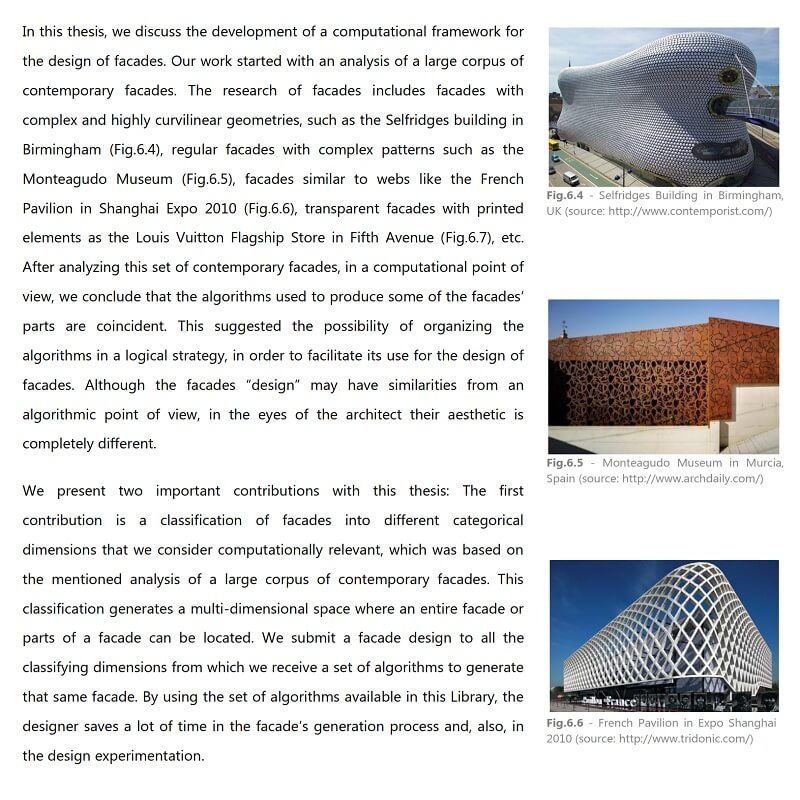
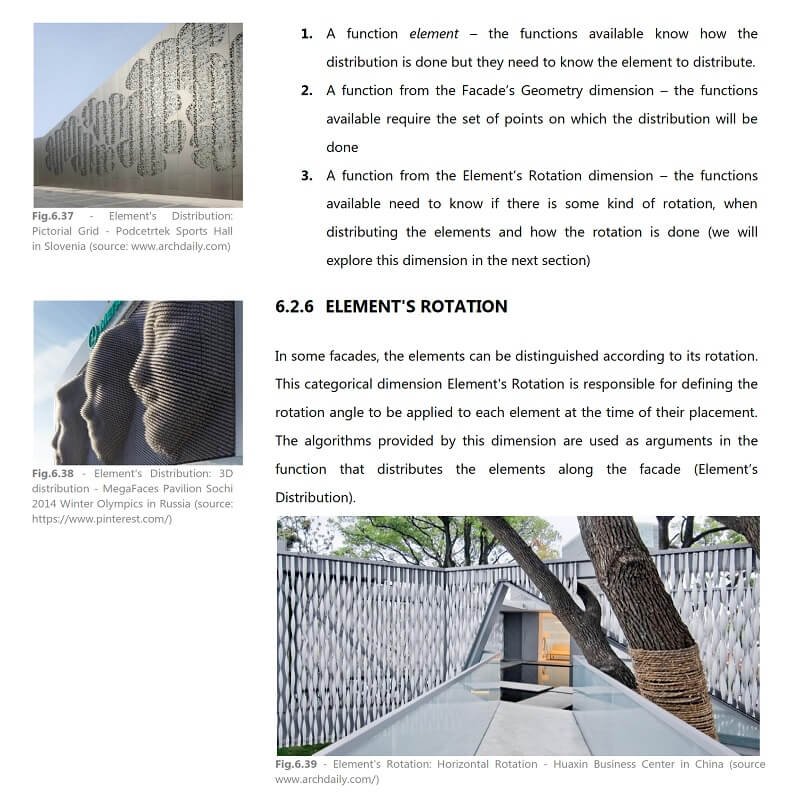
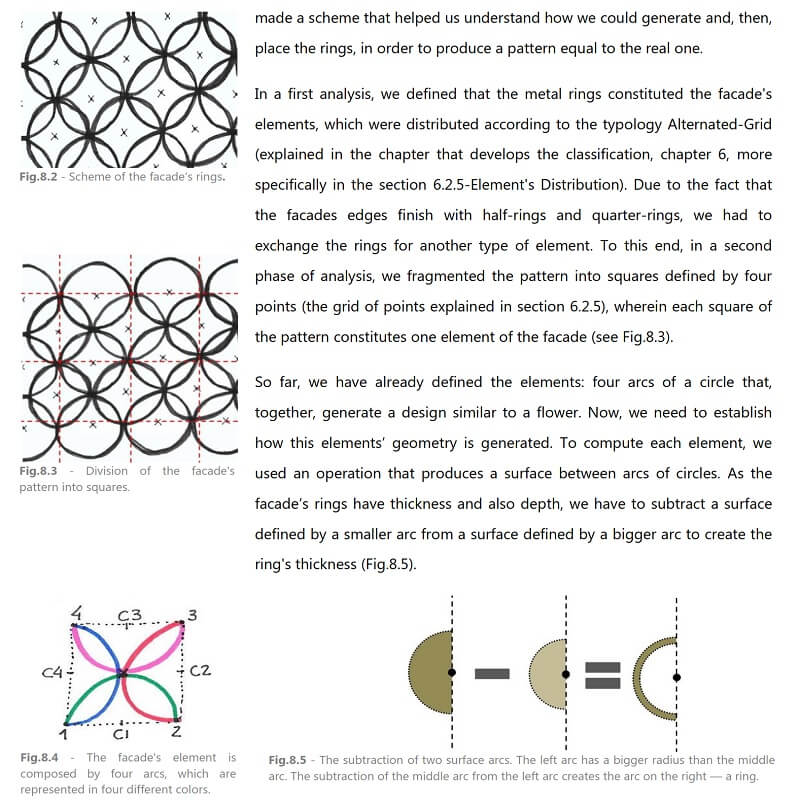





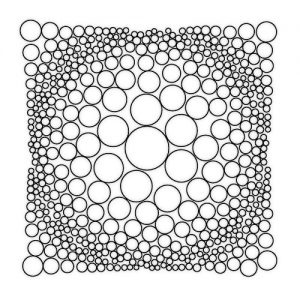






















Comments